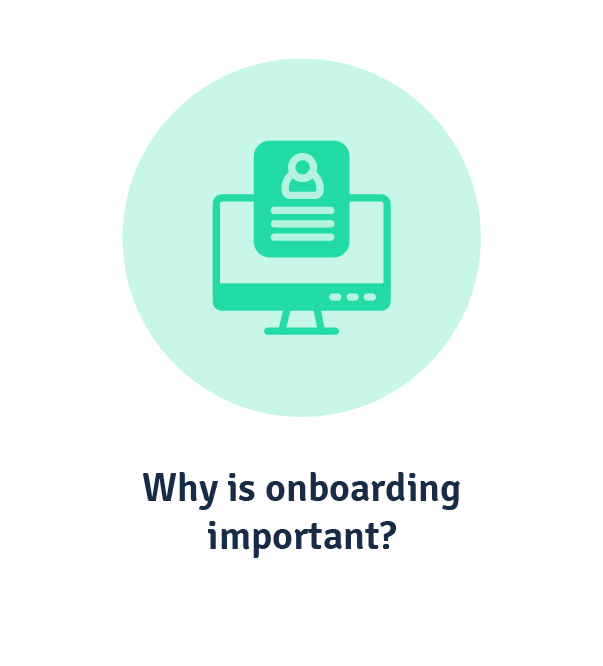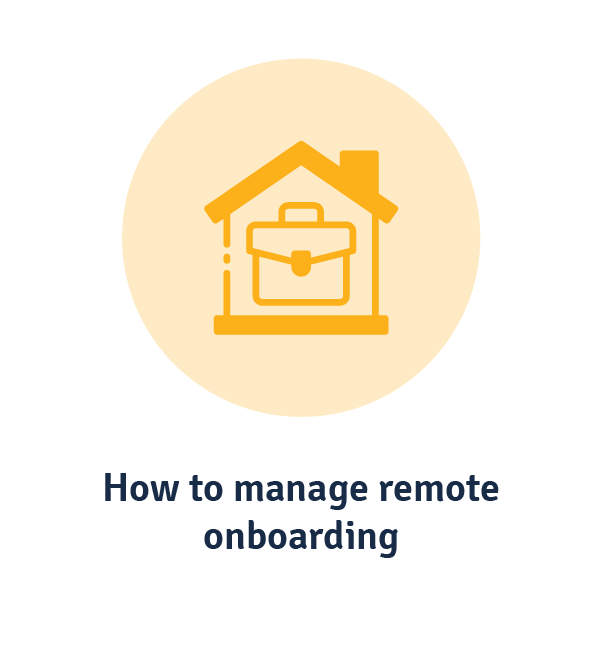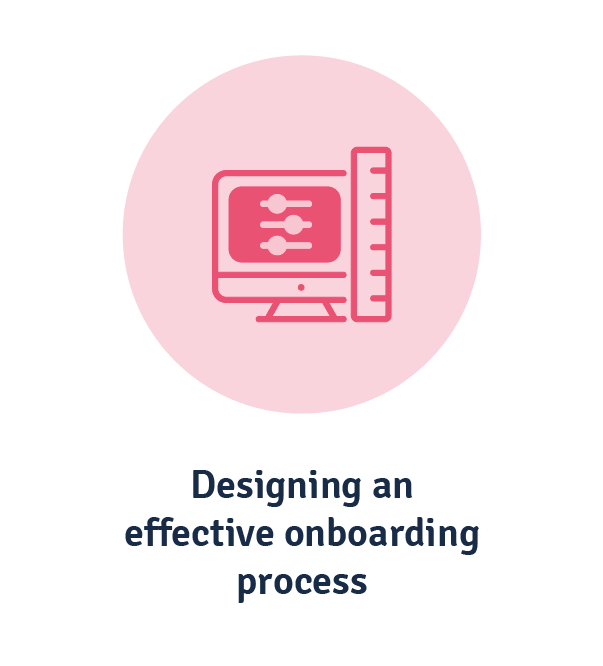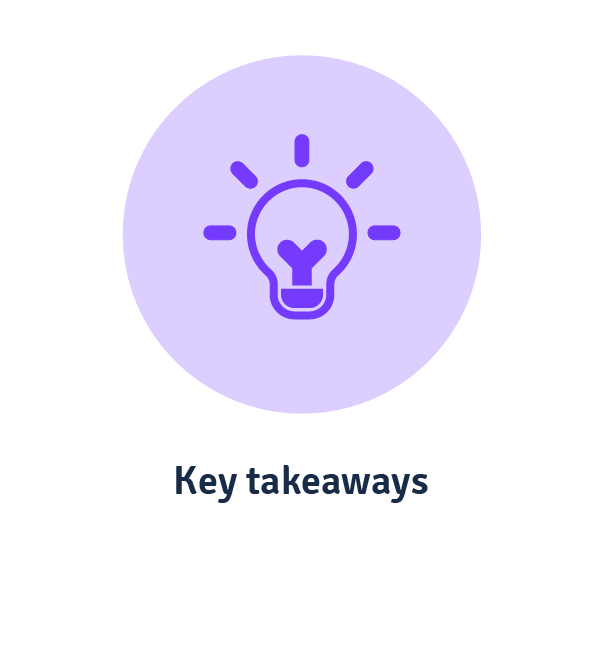What is Employee Onboarding and How Can You Onboard New Staff Effectively?
You’ve found the right person to fill the job gap in your business and now it’s time to begin onboarding them for a fast start. Bringing in new talent to your workforce sounds like a simple enough task, but it can actually be quite complicated.
There are a lot of tasks, small and large, that need to be completed before, during and after your new employee’s start. If you want to bring in new people efficiently, you’ll want to know the best strategic process for onboarding new talent to your organisation in a positive and effective way.
What is employee onboarding?
Employee onboarding is the process of introducing new employees into your business. It’s the practice of welcoming new recruits and providing them with guidance, training and support in their transition between new candidate to full-fledged employee. The whole process from beginning to end can last anywhere between 3-12 months.
Why is onboarding important?
Some organisations make the onboarding process all about administration: Signing paperwork and employee documents, getting set up with new emails and accounts, and granting access to required software. The problem with this kind of onboarding practice is that it’s such an impersonal process, and that can leave your new hire with a bad taste in their mouth.
This is why here at Acorn, we’ve pioneered the first performance learning management system (PLMS) to guide learners step-by-step to master the role-specific capabilities that will accelerate organisational performance (and new hires’ time to proficiency).
If you want to avoid going through the hiring process every few months, or don’t want to foster a disorganised or resentful workplace, you’ll want to ensure your onboarding program is as smooth and painless as possible. That means you need to take the time to refine your onboarding strategy. Some benefits of a refined and positive onboarding experience are:
- Staff retention
- Culture fit
- Increased productivity
- Reduced employee stress
So what are these benefits of a positive onboarding program? Let’s get in more depth about each of these below.
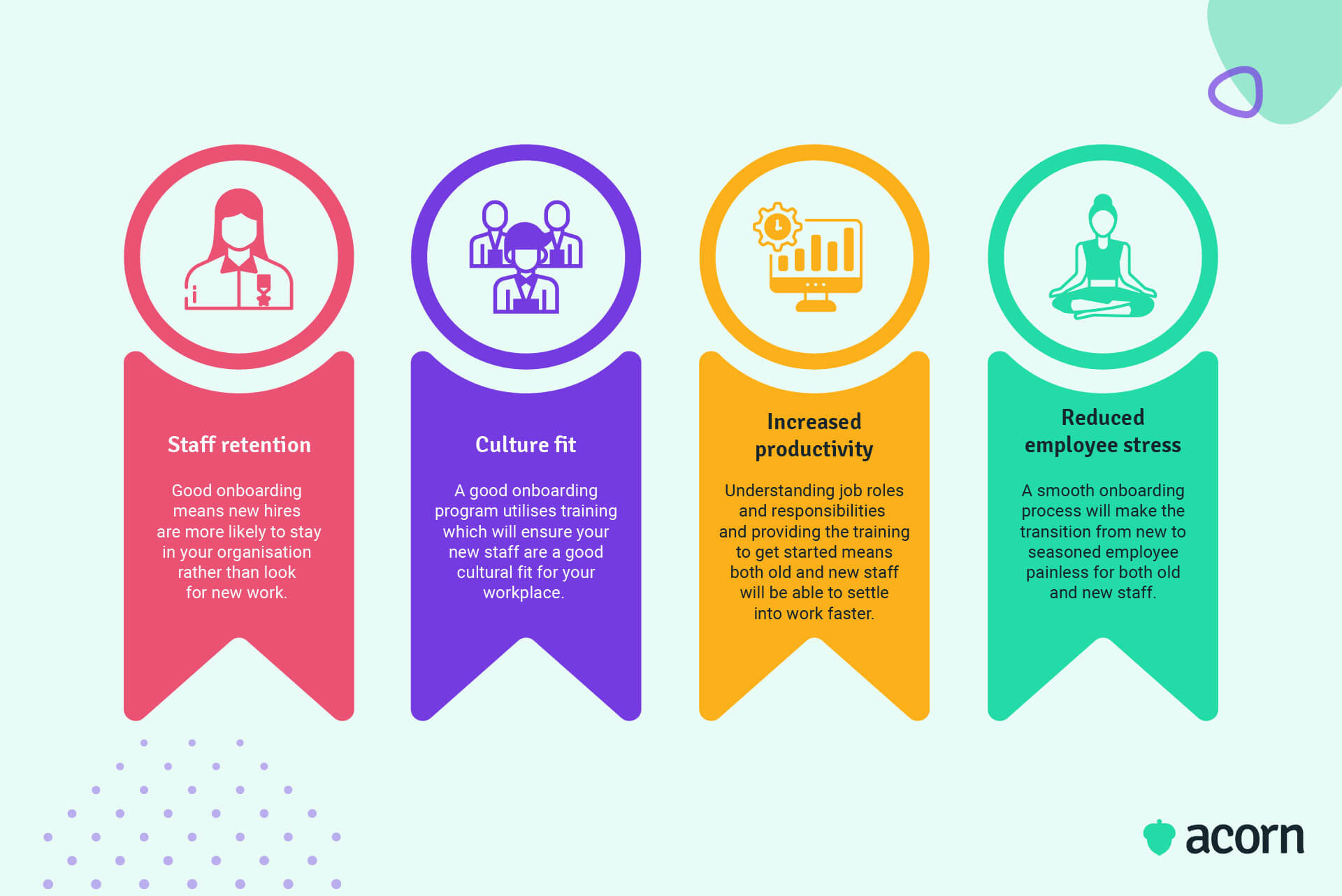
Staff retention
Staff retention is all about keeping your current workers employed by you rather than jumping ship to another company. A negative onboarding experience means employees are less likely to feel welcomed and more likely to look elsewhere for work. Studies suggest that 90% of employees decide whether they want to stay or leave a workplace within the first six months of starting in a new work environment. So, if you want to retain employees, you’ll want to ensure you have a positive onboarding process.
Culture fit
Ensuring new candidates are a culture fit for your workplace is incredibly important, but it can also be difficult to guarantee. It’s not realistic to expect new employees to fit in seamlessly from the moment they arrive, so effort needs to be put in during the onboarding process to train them in company culture. If your onboarding is successful and your employees feel like they belong in your workplace, they’re more likely to want to stay. Plus, studies show that productivity is increased in business with a healthy workplace culture.
Increased productivity
Increased productivity might not be something you think about when you mention employee onboarding, but a good onboarding experience has actually been found to bring on productivity in new recruits faster than it otherwise would have. If you make it clear in your onboarding process what the new employee’s role entails and clearly outline what is expected of them, your new employees will find it that much easier to perform their role.
Reduced employee stress
When done badly, new employee onboarding can be stressful for both new and current employees. But if done well, employee onboarding can be a smooth and painless experience. A good and effective onboarding process will ensure that not only are existing team members aware of the situation, but that they will not feel burdened by the new hire’s transition period to fully-fledged employee.
Remote onboarding
But what if you need to make use of remote onboarding? In the wake of the global pandemic, more and more people are transitioning to work-from-home. Like a lot of things in these times, the onboarding process has had to shift towards the virtual.
Think about your first day at a new job. It’s more than likely you were feeling nervous, unsure, or doubtful. If you were onboarding in person, some of your fears may be dispelled by meeting with your boss or mentor on the day. But in remote onboarding, there won’t be a mentor to meet you at the door, offer you guidance in person, or provide relationship-building opportunities with the rest of the team. This is why it’s important to make sure your remote onboarding process is just as positive and effective as your traditional onboarding process.
Your new employees should get the same benefits out of onboarding remotely as they would have had they undergone onboarding in person. You’ll need to make some adjustments to the onboarding process and timeline to make it work in a remote setting, but it can be done.
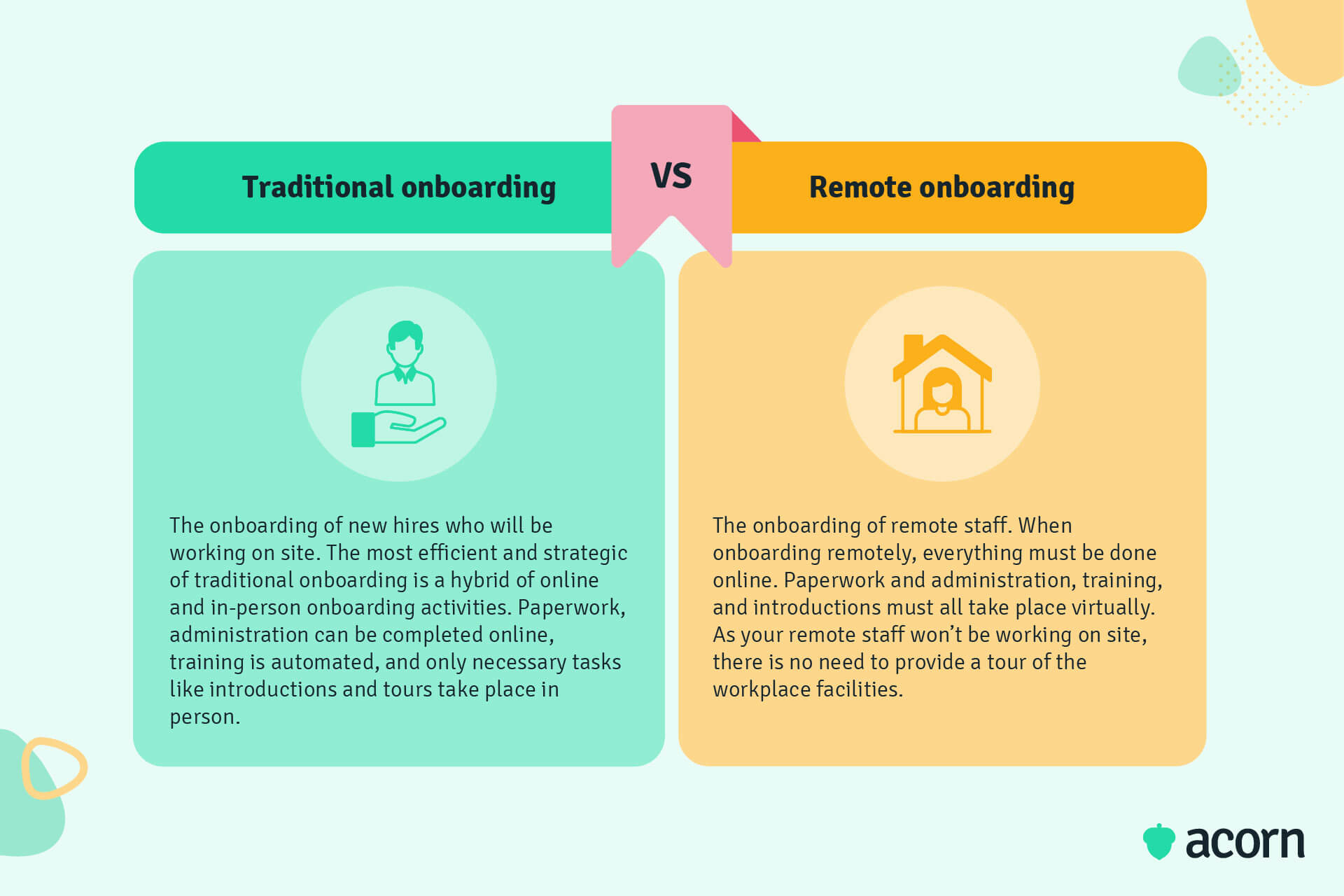
How to create an effective onboarding process
So how do you create an onboarding process, and how do you make it an effective one? It’s impossible to find the perfect one-size-fits all employee onboarding program, so the best one for you will be tailored specifically to your organisation. However, there are some general rules about what should be included and when in any good and effective employee onboarding.
What an onboarding process should cover
If you want your onboarding procedures to have any measure of success, there are certain activities you’re going to want to include in the process. These activities are:
- Paperwork and administration
- Workplace tour
- Policy and culture training
- Job training
- Team introduction.
It’s been suggested that onboarding programs can include at least 50 activities, from various forms of paperwork to administrative tasks, setup, training and meetings. This can vary in number and complexity depending on the size of your organisation.
Paperwork and administration
This is probably what most people think of when they think of onboarding. Your first day in any new workplace always involves paperwork, administration and setup. Paperwork includes employee documents such as contracts, payment details, responsibilities, and benefits. On the administrative side, tasks include preparing accounts and passwords and allowing access to the necessary software.
Workplace tour
A guided tour of the workplace facilities should be carried out to ensure the employee knows where everything is. They should be made aware of where the exits and emergency exits are, where their workstation is, and where the kitchenette and bathrooms are located. If your new hire is going to be working remotely, a workplace tour won’t be necessary, but if they ever have a need to visit the office you should be sure to give them a tour when they arrive.
Policy and culture training
It’s helpful to hire candidates who fit into your workplace culture, but that can be difficult to achieve. Sometimes it’s easier to hire a recruit and train them in your workplace culture after the fact. This way they can integrate into their new environment quickly and easily.
Policy training will help your new hires understand the processes of your organisation and how to apply them. This policy and culture training can be an automated process, to free up time and effort for other activities in the onboarding process.
Job training
Workplace training will ensure that your employees possess all the knowledge, skills and behaviours required to perform their jobs. In the onboarding process it is necessary to ensure your new hires can start in their roles, but once the process switches to retention your learning system will be used to assist your employees in development and evolving with the job.
Team introduction
A team introduction is an important step towards breaking the ice and building rapport with new hires. It can be handy to provide a form of introduction in an onboarding handbook prior to the first day, including a rundown of names and what roles they fill. Even so, it’s best to follow up with a face-to-face introduction when the new employee starts, so that they can put names to faces and begin to get to know their colleagues.
What does an onboarding timeline look like?
So now you know what your employee onboarding process should cover. But at what point in the onboarding timeline should you apply them? More importantly, what exactly is the onboarding timeline? Below we’ll get into what the employee onboarding timeline is and when you should undertake certain activities in the process.

Before the first day
New hire onboarding actually begins its timeline when they accept your job offer, long before your new employee actually arrives for their first day of work. After going through recruitment procedures and choosing your desired candidate to fill the role, there are some things you’ll need to prepare to make the first day run as smoothly as possible.
One of the easiest ways to achieve this is to let your employees—both current and incoming—know what is happening. Inform your current staff when to expect the new recruit and what their role will be. You should also send your new recruit an email at least a week before their first day. The email should let them know you’re excited to be working with them as well as include important information.
- Paperwork: Make your onboarding process more efficient by providing employment paperwork before the first day. This way they can sign the necessary documents electronically, freeing up the first day for other tasks.
- First day details: Let your new hire know what time they should arrive, where they should go, and what is scheduled for the day. You can help to ease the overwhelming feeling of the first day by letting them know what to expect and when.
- Buddy introduction: Assign a mentor and have them introduce themselves to your new hire. A mentor’s job is to help guide new employees through the onboarding process, providing guidance and advice. This is an important and beneficial task, especially in remote onboarding. It’s a great way to make the new environment welcoming and comfortable for newcomers.
- Equipment preferences: Ask if your new hire has any preferences regarding their work equipment, such as standing desks, a left-handed mouse, or uniform size. Knowing this mean you can have the equipment ready for your new recruit’s first day.
- Employee handbook: Provide them with a handbook via email including information about the organisation, its history, workplace culture, and the team. It’s also a good idea to set up the new hire’s required accounts and provide their passwords in the packet.
- Equipment setup: If you’re remote onboarding, it can be helpful to have a session with your new hire before their first day to set up their equipment and technology. You can send them the necessary laptops, phones, or other devices prior to their first day to help ease that first-day anxiety.
First day
Now that you’ve completed a number of tasks beforehand, you’ll probably find that your new employee’s first day is a lot less stressful. What’s more, there will be more time to complete other onboarding tasks which otherwise would have been pushed back to later in the week.
The most important things to cover on the first day are introductions and expectations. You need to ensure that your new recruit feels comfortable and eager to stay in your organisation, and what better way to do that than to socialise with them and show that you care? There are a few activities you can do on the first day to make sure new hires feel welcome.
- Team introduction: You already gave a quick overview of who your new recruit would be working with in the information packet, but they can’t put names to faces yet. Organise a meeting so the team can introduce themselves in person. In remote onboarding, team members should reach out to new employees to offer advice, support, or learning services.
- Arrange for a coffee or lunch: Have your new employee enjoy coffee or lunch with their team. It will help to break the ice and allow both the new employee and the team to get to know each other, making for better working relationships.
- Guided tour: Your new employee’s assigned buddy should give them a tour of the workplace. By the end they should know where to find the exits, their workstation, and amenities such as the kitchen or toilets.
- Training: Start new hires with training on their role, covering basic duties and job responsibilities, company procedures, culture, and health and safety policies.
- Welcome email: If your recruit is going through remote onboarding, you’ll want to send them a welcome email on their first day, providing a list of resources they will need, information on how to set up their accounts on company software and platforms, as well as information on company policy, culture and vision.
First week
After the first day, new hires will start to become more independent, but their assigned mentor won’t be too far away for when they want to ask for advice. They will continue training for the role, and they may even start to feel at home in their new working environment.
- Check-in: At the end of the first week, you should be sure to have a check-in with the new employee whether it be in-person or virtually in the case of remote staff. This will be a great opportunity to get feedback on the early stage of their onboarding while it is still fresh in their mind, allow them to pose any questions they may have on the role or the company, and will continue to build rapport.
- Training: Make sure you continue job-training. New employees will need more than just one day of training to understand their new role, but providing too much information on the first day can overwhelm them. Pace out your training for the week, and ensure their assigned mentor is close by to answer any questions.
First three months
In the next few months, your new employee will start to settle in. This means that not only can their mentor take a step back, but they will start to carry out their tasks and responsibilities independently.
- Check-in: It’s a good idea to keep checking in with your new employee every so often to give advice or answer any questions they might have. You don’t need to hold their hand at this point, just make sure someone is nearby should they need assistance.
- Training: There will be less training to complete as time goes on, as your recruit will have settled into their new position.
- Keep notes: Make sure you keep track of how your onboarding process is going. What have you changed during the course of the program to get it working? Not only will it help with the effectiveness of your current onboarding process, but it will provide a framework for when you next have to carry out onboarding.
First year
Now that your new employee has been in your organisation for a year, you can switch your strategy from onboarding to retention. This means that your new recruit is now a fully-fledged employee in your company. You can now stop your job-training activities and instead provide them with the means to ensure their future development and progress through the company.
By this point you’ve kept records of how your onboarding program went. In future, you can put those records to good use in informing the onboarding process for future recruits. It will have to be tweaked again as your organisation grows, but you’ll have a basic framework to start from.
Key takeaways
The onboarding process is an extensive undertaking, but it pays well. When you find the right person to fill the right role in your organisation, it goes without saying that you want them to stay for the long haul. An effective and positive onboarding process, whether in-person or remote, is an easy and sure-fire way to make your employees, both old and new, feel welcome and valued in your workplace.
Related Reads on This Topic

How Talent Supply Chain Management Can Boost Productivity and Growth
A talent supply chain is the key driver behind a workforce delivering on organisational goals. Let’s take a look at how you can build one…

The Secret to Creating A Seamless Employee Onboarding Experience
Many companies understand the importance of employee onboarding, yet fail to deliver it. Learn how to create a seamless onboarding experience…

The Importance of Upskilling for Employee and Business Success
Upskilling is the process that will prepare your workforce for the future in the face of digital transformation…

